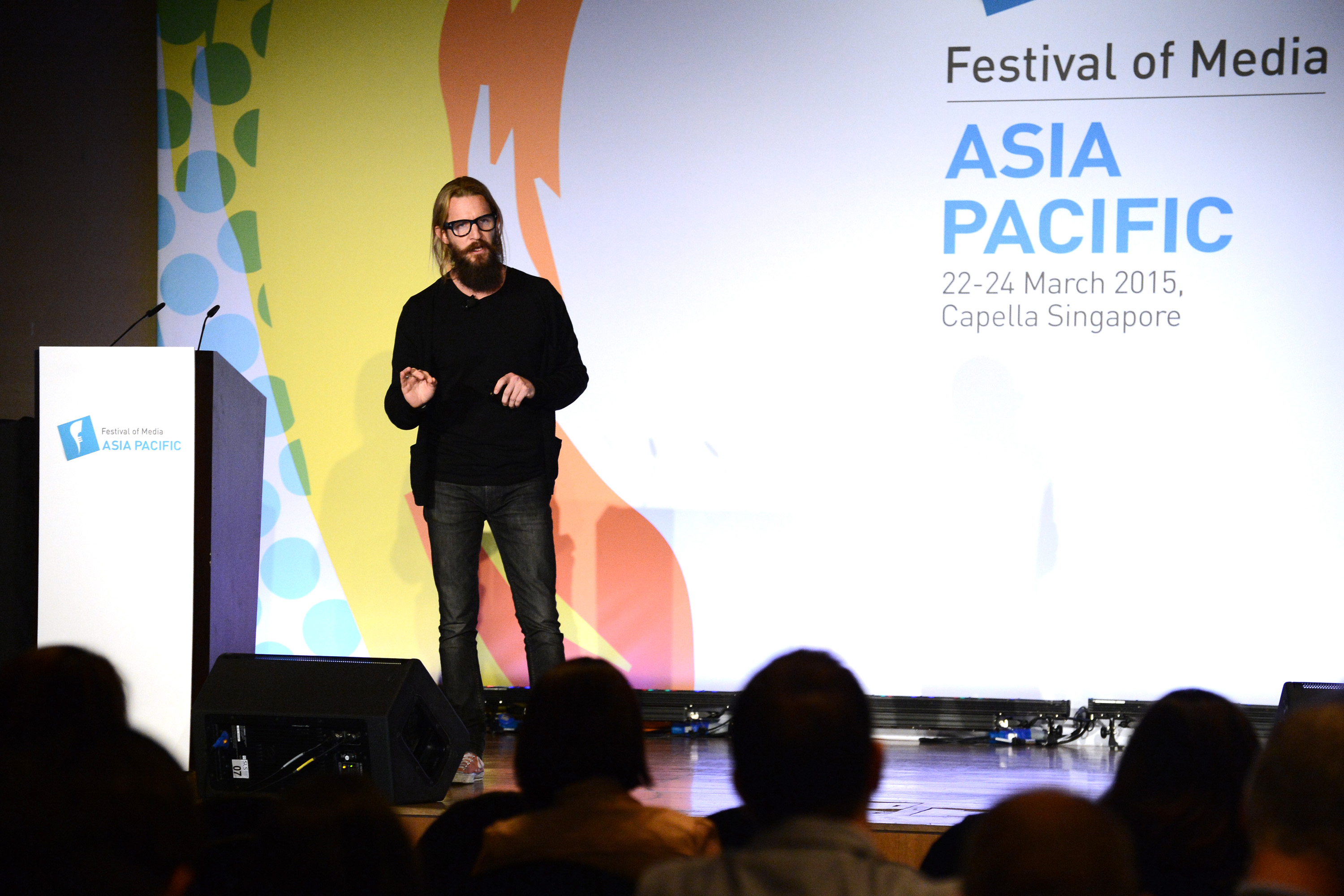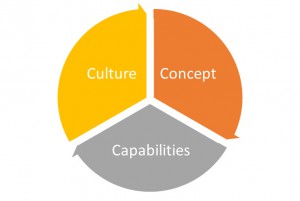
SINGAPORE — Microsoft Advertising’s Global Head of Innovation, Jonathan Oliver, recently gave a keynote address at the annual Festival of Media Asia Pacific 2015 held from 23 to 24 March 2015. Speaking to over 700 media industry leaders from across Asia Pacific, Oliver shared his views on why “innovation needs to be wrong in order to be proven right.” He emphasized that brands in Asia need to be able to fail fast in order to succeed at creating truly innovative campaigns.
Here are three key takeaways from Oliver’s keynote:
Try, try, try and succeed again
“When the rate of change outside the company is greater than the rate of change inside the company, the end is near,” warned Oliver.
Innovation is necessary for all companies to thrive, but is often misused as a buzzword today. Oliver sees innovation as a concept being embedded deep in R&D, product development and marketing functions. But while innovation is embraced by many companies today, he pointed out that “innovation is still not being viewed in the right way.”
“Fundamentally, innovation has to be wrong in order to be proven right,” Oliver argued. Elaborating on the statement, he said that if a particular innovation is perceived as “right”, it may not fit into the general perception of innovation, where ideas drive transformation, change and even disruptions. This means that most ideas, which are perceived as innovative, are mere evolutions of existing ideas.
“Innovation happens to fail most of the time,” Oliver added. Pointing out that even the most successful companies have a string of failed initiatives. Oliver noted that their eventual successes far outweigh the failures, and these failures form part of the process in discovering what truly worked for these companies.
Focusing on the future of innovation in the region, Oliver pointed out that “the challenge we have in Asia is that we have a culture of not being able to fail fast because we are risk adverse. But if we use the incredible energy in the region to drive creativity and drive innovation, we will be on the road to success.”
Concept, Capabilities and Culture
The whole organization contributes to innovation. “The three areas that our CEO at Microsoft, Satya Nadella, talks about are what we call the three Cs – Concept, Capabilities and Culture” said Oliver.
“To foster the right culture, you need three things. Firstly, creative abrasion – when opposing forces come together, creative juices will flow. Secondly creative tension – you need to be able to take those opposing thoughts and come up with one idea, a concept, and finally creative agility – you need the capability to test and learn, and to socialize the idea,” he added.
“To kickstart the cultural shift, you need to move the responsibility to innovate from functional silos to be part of your overall business strategies and goals. At Microsoft, while we still have labs and departments geared towards research and development, innovation is core to our entire business. This results in innovation being seen at every level and department, driving our business in its entirety,” said Oliver.
Technology is a weapon for innovation today
Marketers need to embrace the possibilities of new technologies in creating truly innovative campaigns. Recounting a recent experience working with Virgin Atlantic, Oliver said: “We took a team comprising of marketing, technology architects and human-centric design thinkers, and sat down with Virgin Atlantic’s brand experience, customer experience teams and the cabin crew to envision the kind of experience we wanted to give the customers. And the first ‘Festive Flights’ contextual advertising campaign was born. Live images depicting Santa, his reindeer and his sleigh landing on top of the plane were projected onto the ceiling of the aircraft before Santa entered the cabin and distributed Surface Christmas gifts with apps to track his progress on Christmas Eve.”
“We got a huge amount of social engagement from the campaign – over 125,000 posts were recorded on social media, and the reception we got was fantastic. Projects like this has opened the door for us to collaborate with Virgin Atlantic on other projects, giving us the opportunity play a bigger role to help them transform their business,” he said.
Summing up his keynote, “We are revolutionizing the way we do marketing, leveraging the capabilities of the cloud to enable more personal experiences for all of your customers. At the end of the day, it will take a shift in thinking and the willingness to embrace failure in order to succeed at true innovation in this rapidly changing world,” concluded Oliver.
About Jonathan Oliver, Global Head of Innovation, Microsoft Advertising
Jonathan Oliver is an award-winning multimedia strategist with over 15 years of global experience. He spent the past seven years at Microsoft in a variety of roles, where he worked with brands across the world to create immersive brand experiences using MSN, Skype, Xbox and Windows services, to push boundaries in creative marketing.







